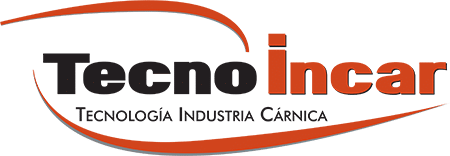Industrial Overhead Rail Systems: 7 Benefits That Boost Your Production
Sistemas de Rieles Aerotransportados: Eficiencia, Higiene y Seguridad en Entornos Industriales
Los sistemas de rieles aerotransportados son mucho más que un método de transporte — son una solución estratégica que mejora la eficiencia, la seguridad y la higiene en entornos industriales exigentes como mataderos, salas de corte, fábricas de salchichas y centros logísticos. En este artículo, exploramos los beneficios clave de los sistemas de rieles aerotransportados, por qué cada vez más empresas los están adoptando y cómo podemos ayudarle a optimizar su instalación. Industrial Overhead Rail Systems: 7 Benefits
What is an Overhead Rail System?
¿Cuáles son los beneficios de los Sistemas de Rieles Aerotransportados?
An overhead rail system is a suspended transport mechanism that allows fast, smooth, and organized movement of loads (meat products, boxes, hams, packaged goods, etc.) throughout a facility. It consists of rails or tracks mounted to ceilings or upper structures, along which trolleys with hooks, frames, or specialized holders are moved.
This system is widely used in sectors such as:
- Meat industry (slaughterhouses, cutting rooms)
- Ham and sausage production plants
- Agri-food processing plants
- Logistics and shipping centers
- Refrigeration chambers
Benefits of Overhead Rail Systems
- Space Optimization
By freeing up floor space, it maximizes the use of available surface area. This results in clearer, safer work zones. - Improved Hygiene
Essential in the food industry. By keeping products suspended, contact with contaminated surfaces is minimized — ideal for meeting health regulations in slaughterhouses and cutting rooms. - Increased Productivity
The continuous movement of goods reduces handling and processing times, enabling a smooth, uninterrupted workflow. - Reduced Physical Strain
It lowers manual labor demands, helping prevent musculoskeletal injuries and reducing workplace absenteeism — a clear win in terms of worker well-being and operational costs. - Versatility
Overhead rail systems can be tailored to various needs: slaughter lines, packaging areas, cold storage, shipping zones, and more. They can be customized based on product type, weight, or dimensions. - Automation & Control
Automated solutions include sorting by weight, destination, or product type. This improves traceability and real-time quality control. - Durability & Resistance
Constructed from stainless steel, galvanized steel, or aluminum, these systems are built to withstand moisture, industrial cleaning, and the test of time.
Where Are Overhead Rail Systems Used?
At Tecnoincar, we design and install custom overhead rail systems for meat and industrial facilities worldwide. Our projects include:
- Twin-rail tracks in aluminum or stainless steel for light to medium loads
- T-H rail systems in stainless steel for heavy-duty applications
- Galvanized tubular rails, with or without Teflon coating — ideal for heavy products and frequent cleaning
- Integrated automation and sorting systems
- Accessories like trolleys, hooks, rail switches, and support frames
Is Overhead Rail Worth It?
Absolutely. If your goal is to enhance performance, cleanliness, safety, and organization in your plant, investing in an overhead rail system is a smart move. It cuts costs, streamlines workflows, and prepares your facility for a more automated future.
Need Expert Advice
Would you like guidance on how to implement an overhead rail system in your plant?
Get in touch with us.
To see how we work, follow us on our YouTube channel.

